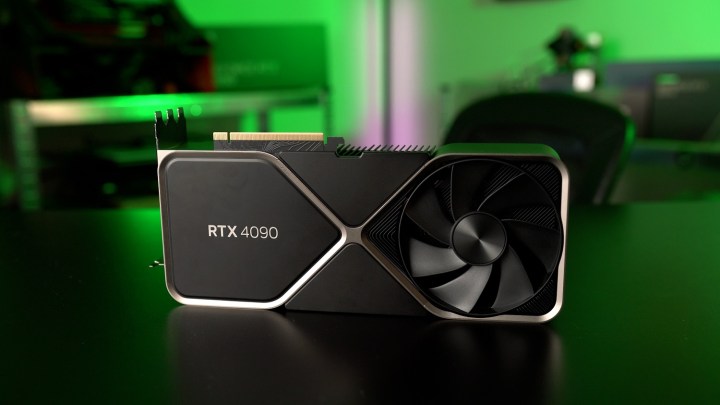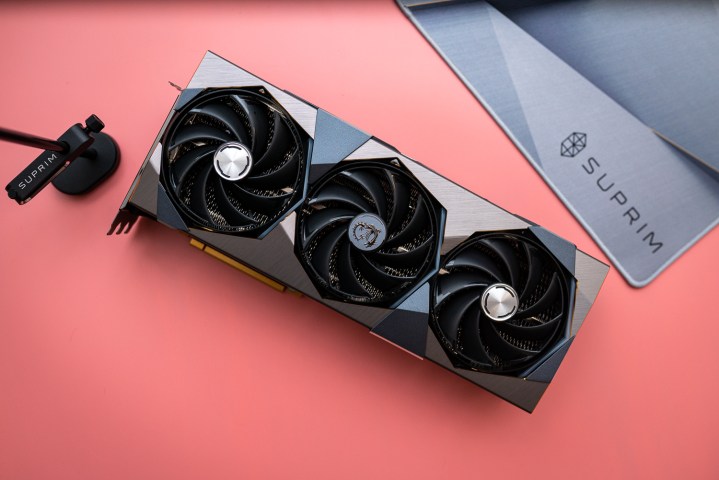The latest scoop on GPU prices paints a pretty grim picture. It appears that the average prices of graphics cards have doubled between 2020 and 2023, and they show no signs of stopping.
We all knew that GPUs are on the expensive side, but did anyone really expect that the prices had skyrocketed so much? More importantly, when will it end?

A rare glimpse at the numbers
If you want to own one of the best graphics cards from the latest generation or two, you have to be prepared to pay a pretty penny. While there are still plenty of RTX 30-series and RDNA 2 cards in stock, their prices are fairly steady. Meanwhile, the current generation is expensive across the board and not dropping in price so far. The only exception could be Nvidia’s RTX 4080, which might receive a price cut due to disappointing sales.
Although it’s very clear that GPU prices rose during the last few years, it’s rare that we get actual numbers to support that hunch. This time, sales figures from German retailer Mindfactory tell us the whole story — and the news is not good at all.
In February 2020, the average sale price (ASP) for an AMD graphics card was 295 euros (around $314), and AMD’s total revenue was 442,870 euros ($471,997). Meanwhile, Nvidia’s ASP was at 426 euros ($454), with total revenue of 855,305 euros ($911,558).
Fast-forward to February 2023, and the price increases are mind-boggling. The average sale price for an AMD card went up to 600 euros ($639), marking a 103% increase, while the revenue rose to 1,026,046 euros, which is over a million dollars ($1,093,508) and a 130% increase from 2020.
Nvidia’s results are even more impressive, although the gains are smaller. The ASP is now at 825 euros ($879), and the revenue is 1,844,323 euros, meaning nearly $2 million dollars ($1,965,550). These numbers translate to a 93% and 115% growth when compared to 2020, respectively.
Mind you, these numbers make up just a small portion of the graphics card market. They were also posted on Reddit, but the data appears to have been sourced from Mindfactory itself. It’s not the first time we’re getting data from this German store, and those numbers are usually our only look into the state of the market because most retailers don’t share their sales figures.
The GPU shortage is over, but prices aren’t dropping

A lot has happened between the beginning of 2020 and now, and there are many reasons why GPUs saw an increase in price. The pandemic caused many issues with the supply chain, and there was also a global chip shortage. Cryptocurrencies were booming for a significant portion of that time frame, and as a result, GPUs were bought for mining purposes.
These days, most people have given up on crypto mining, and there are plenty of GPUs in stock at any given time. Only the RTX 4090 and the RX 7900 XTX continue to sell out fairly quickly if they appear at MSRP. However, you can always buy a pricier model from most retailers.
You’d think that, given the circumstances, GPU prices would begin to normalize, but that doesn’t seem to be the case. You no longer have to pay a fortune to scalpers, but you’ll still spend plenty of money just shopping at regular retailers.
Given that Nvidia CEO Jensen Huang believes that lower chip prices are a “story of the past,” it seems unlikely that we will ever go back to prepandemic GPU prices. This might be the new normal and we might just have to get used to having to paying well over $1,000 for a midtier to high-end graphics card.




